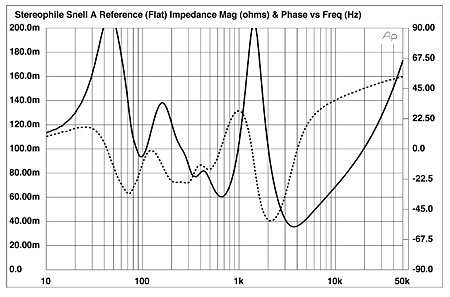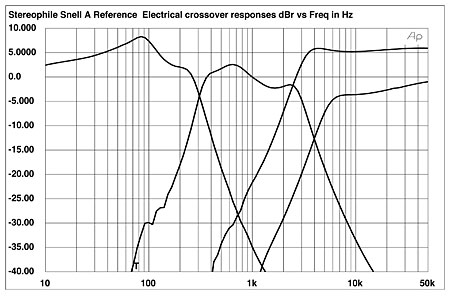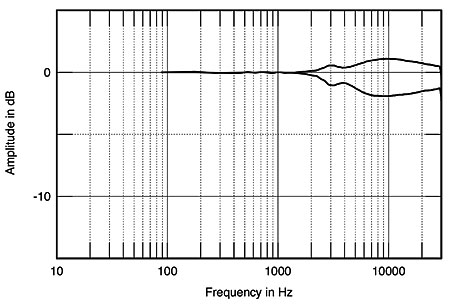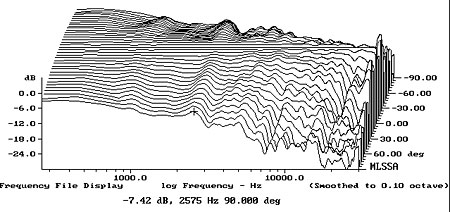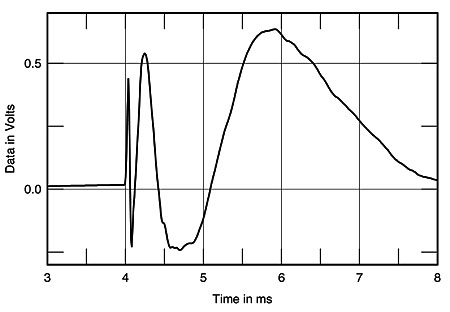| Columns Retired Columns & Blogs |
As I posted on the review for the Snell THX system (which appears to use the same Sub 1800), I assume that the Sub's response of "17Hz–80Hz ±2dB" is due to an internal crossover within the Sub? The external crossover does not seem to cover the sub(s), and I double the 18" driver has nature HF fade that matches exactly with the rest of the system. Thanks.
